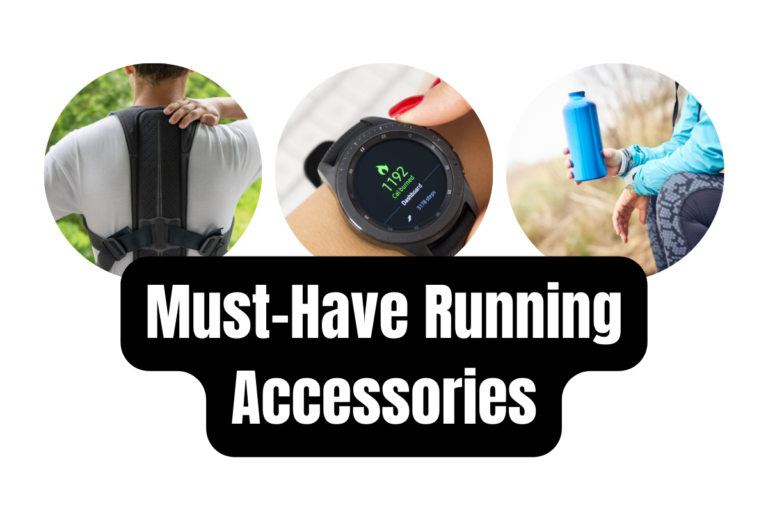Running is a fantastic way to stay fit, relieve stress, and enjoy the great outdoors. Whether you’re a seasoned runner or just starting out, having the right running accessories can enhance your experience, improve your performance, and keep you safe.
From supportive shoes to handy gadgets, here are some must-have running accessories that every runner should consider:
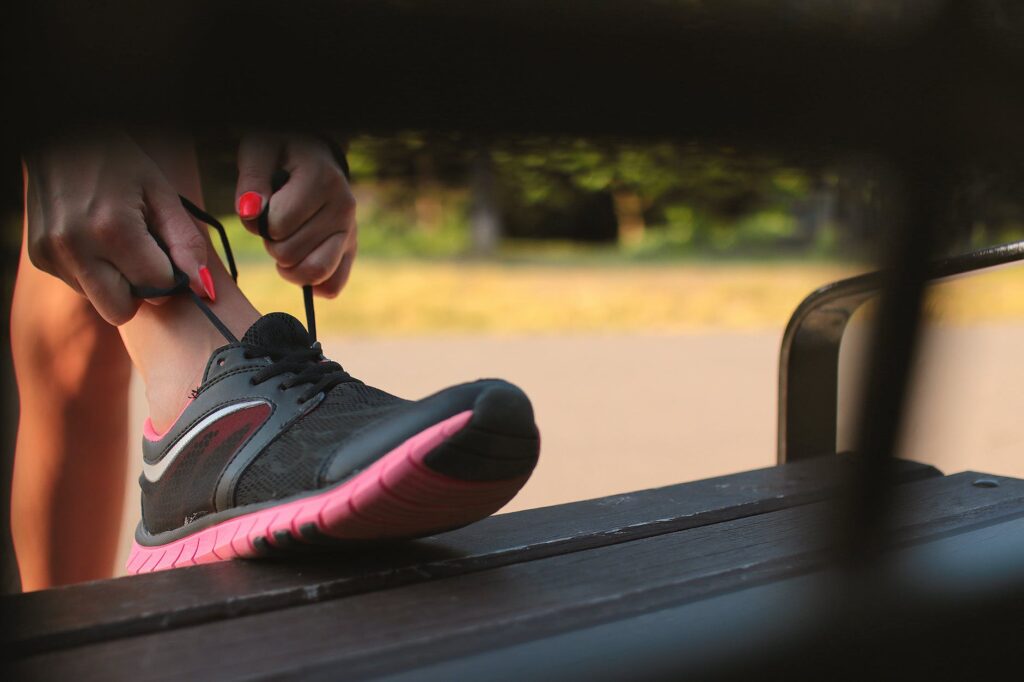
1. Running Shoes
Investing in a good pair of running shoes is essential for a comfortable and injury-free running experience. Look for shoes that provide proper cushioning, support, and a snug fit. Consider visiting a specialty running store to get fitted for the right shoe based on your foot type and running style.
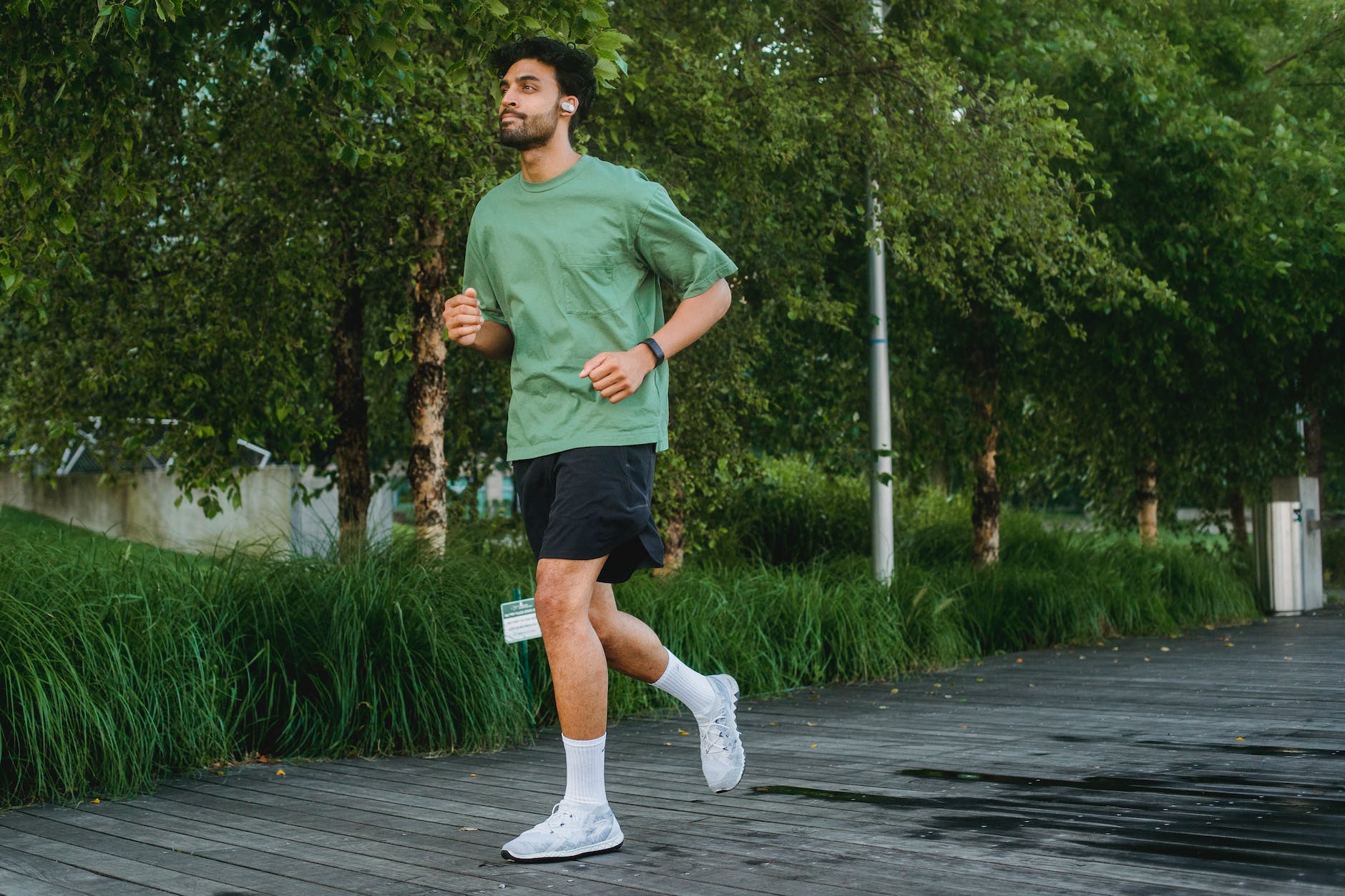
2. Moisture-Wicking Apparel
Wearing moisture-wicking apparel helps keep you cool and dry during your runs. Look for lightweight, breathable materials that wick away sweat from your body, preventing discomfort and chafing. Choose apparel designed specifically for running, such as moisture-wicking shirts, shorts, and socks.
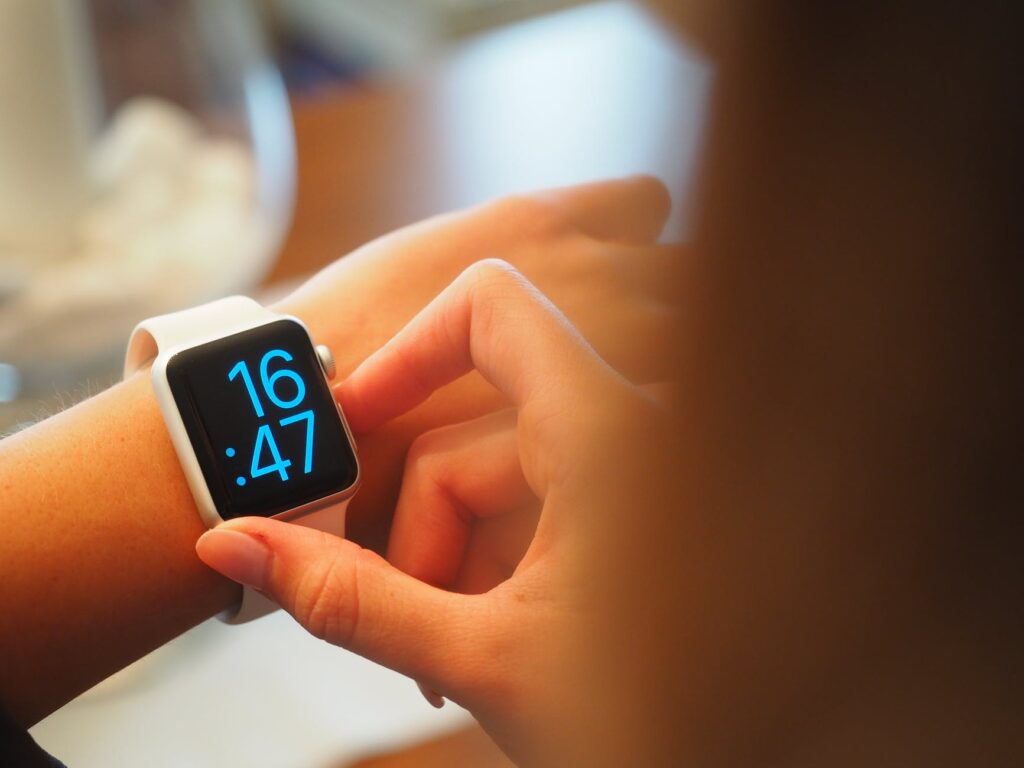
3. Sports Watch or GPS Tracker
A sports watch or GPS tracker can be a valuable accessory for tracking your running progress. These devices provide useful information such as distance, pace, heart rate, and even route mapping. They help you monitor your performance, set goals, and track your improvement over time.
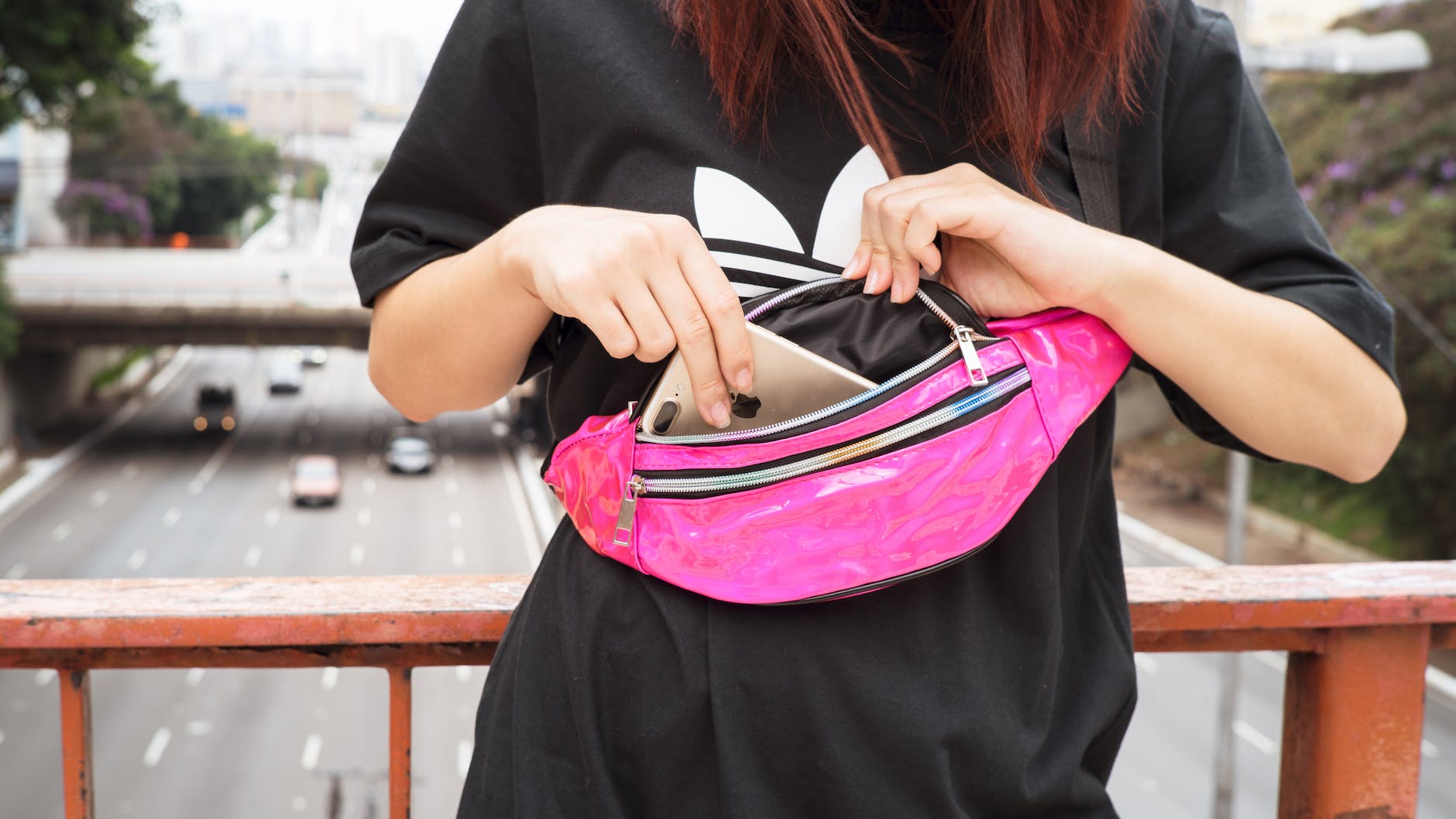
4. Running Belt or Waist Pack
Carrying essentials like keys, ID, phone, or energy gels can be cumbersome during a run. A running belt or waist pack allows you to conveniently store these items without hindering your movement. Look for a pack that is lightweight, adjustable, and has multiple pockets to keep your belongings secure.
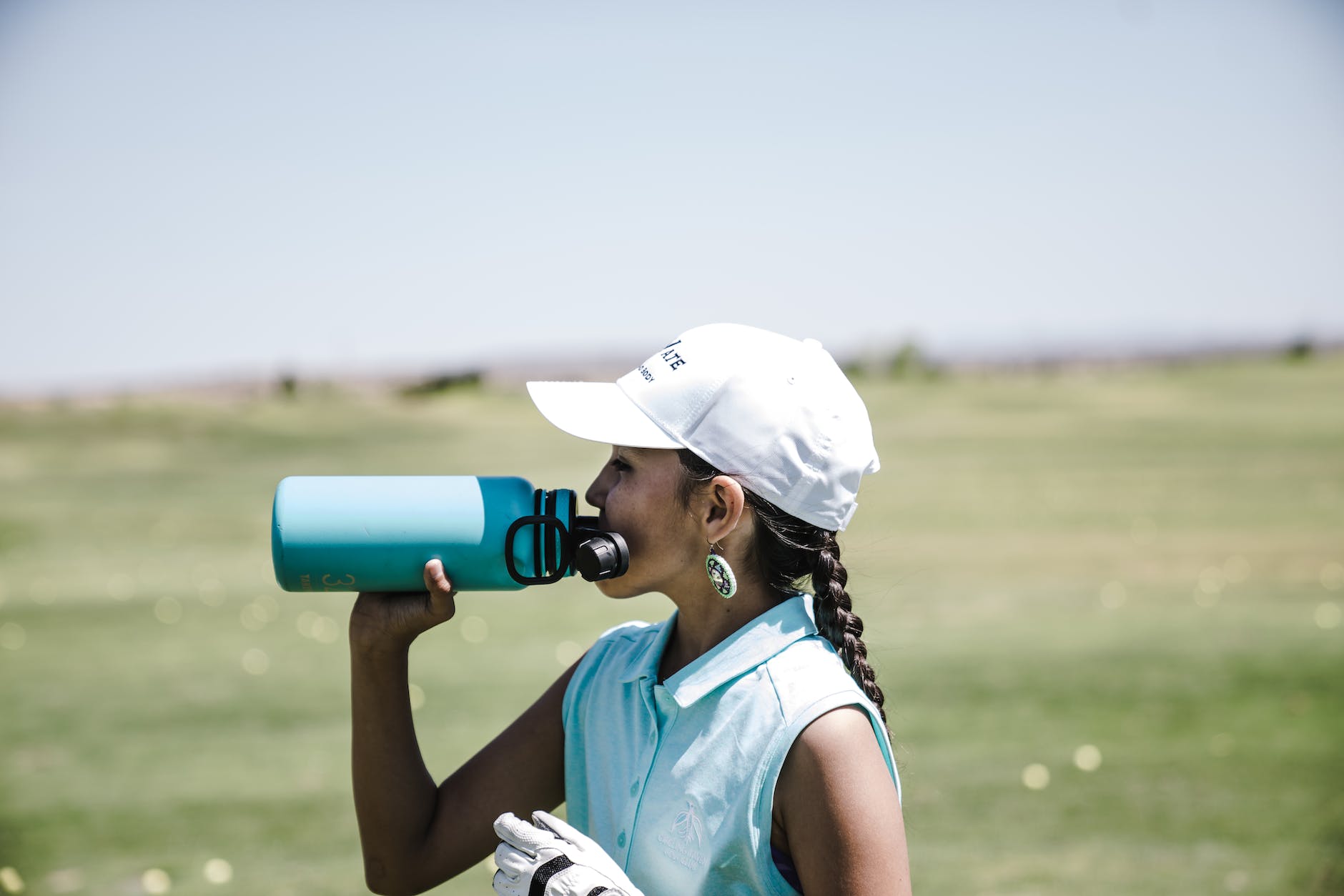
5. Hydration Belt or Water Bottle
Staying hydrated during your runs is crucial for maintaining performance and preventing dehydration. A hydration belt or handheld water bottle allows you to carry water or a sports drink conveniently. Look for belts with multiple bottles or a handheld bottle with a comfortable grip.
6. Reflective Gear
If you run early in the morning or in the evening when visibility is low, wearing reflective gear is essential for your safety. Reflective vests, armbands, or jackets make you more visible to drivers and other pedestrians. Safety should always be a top priority, especially when running in low-light conditions.
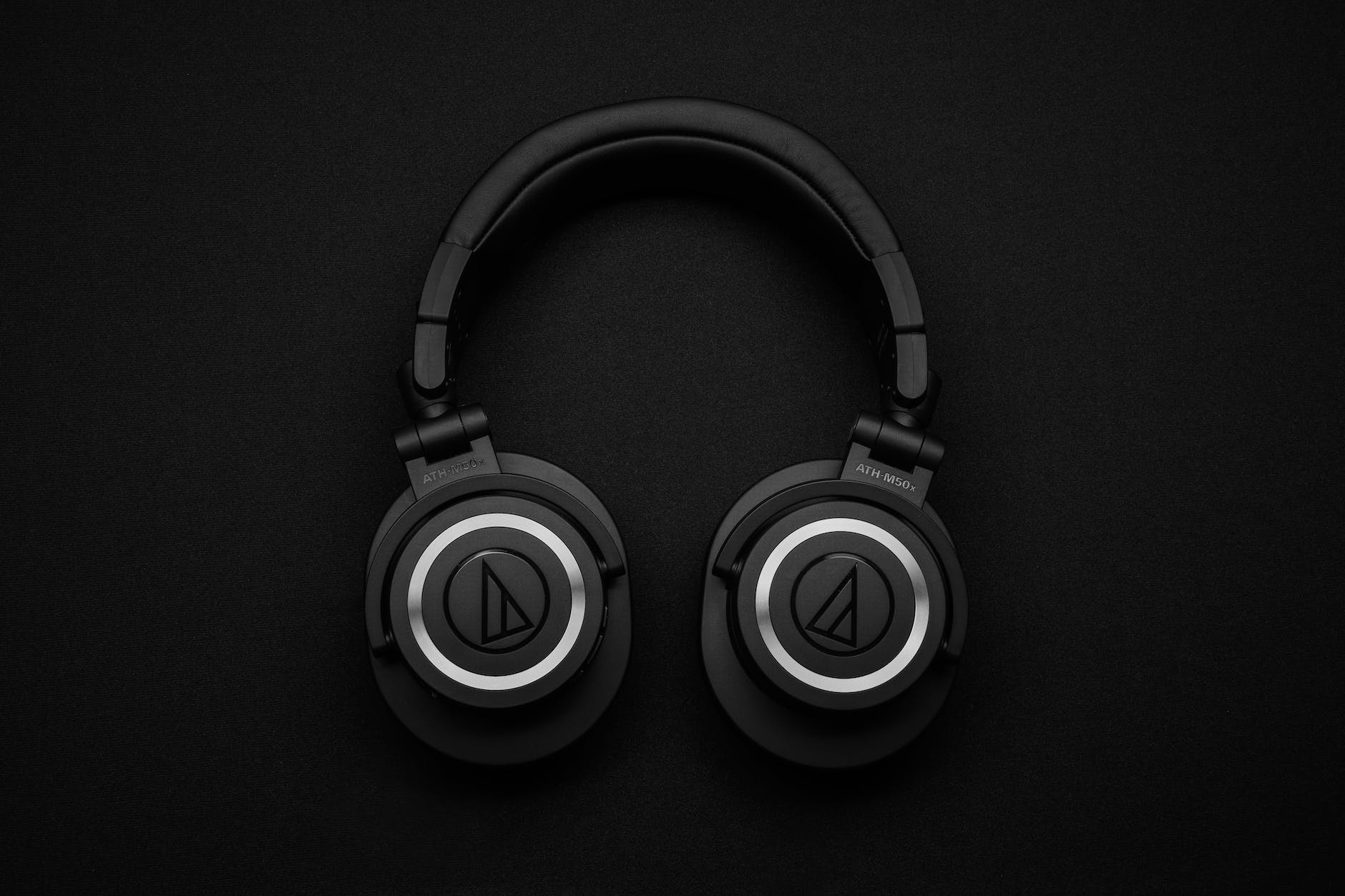
7. Headphones or Earphones
Listening to music or podcasts can make your runs more enjoyable and motivating. Invest in a good pair of headphones or earphones designed for sports activities. Look for wireless options that are sweat-resistant and offer a secure fit, allowing you to focus on your run without worrying about tangled wires.
8. Compression Gear
Compression gear, such as compression socks or sleeves, can provide support, improve circulation, and aid in muscle recovery. They are particularly beneficial for long-distance runners or those prone to calf or shin splints. Consider using compression gear to enhance your performance and reduce muscle fatigue.
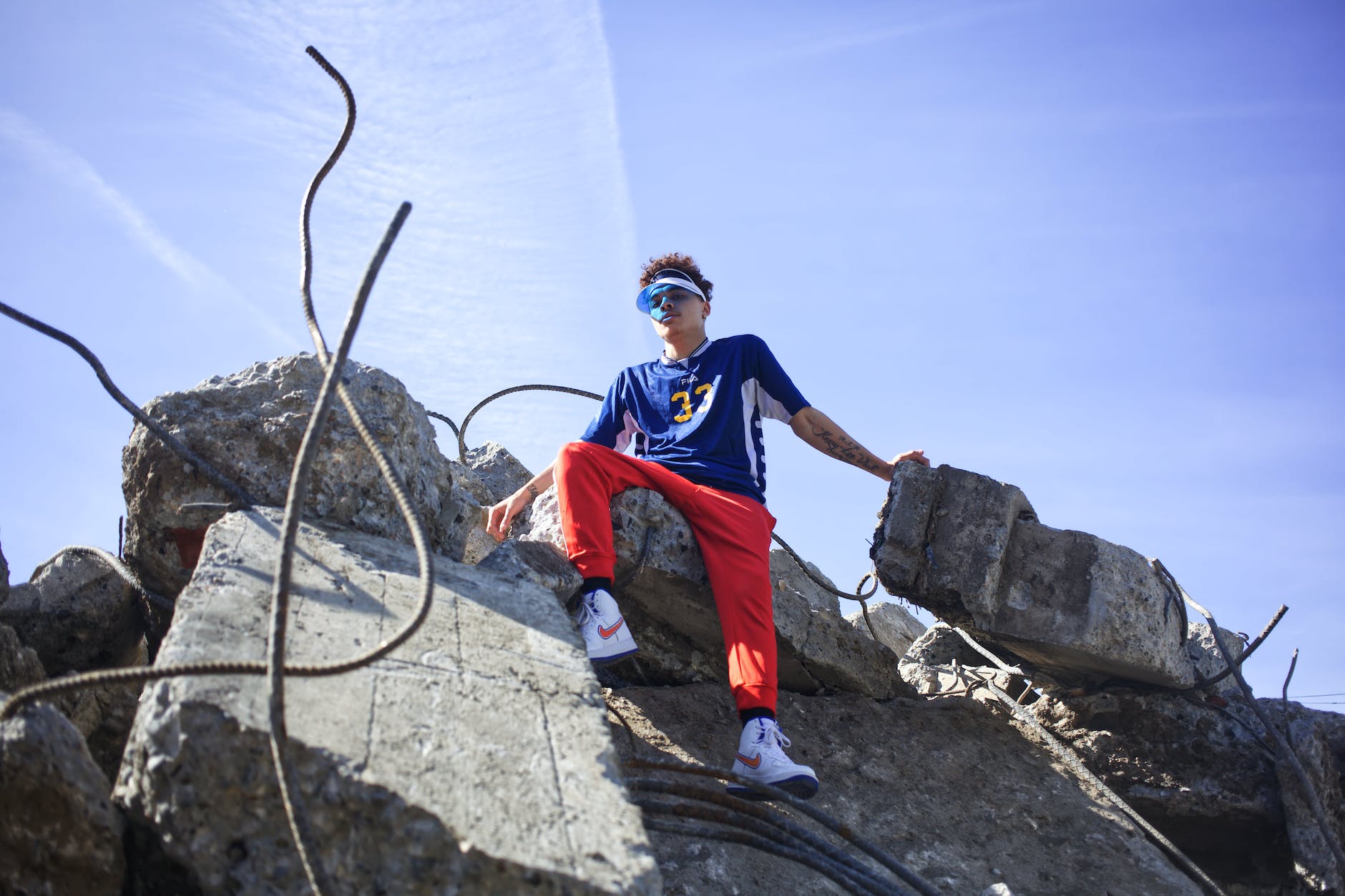
9. Running Hat or Visor
A running hat or visor serves multiple purposes. It protects your face and eyes from the sun’s rays, keeps sweat out of your eyes, and provides some shade to keep you cool. Look for hats or visors made of breathable materials that offer UPF sun protection.
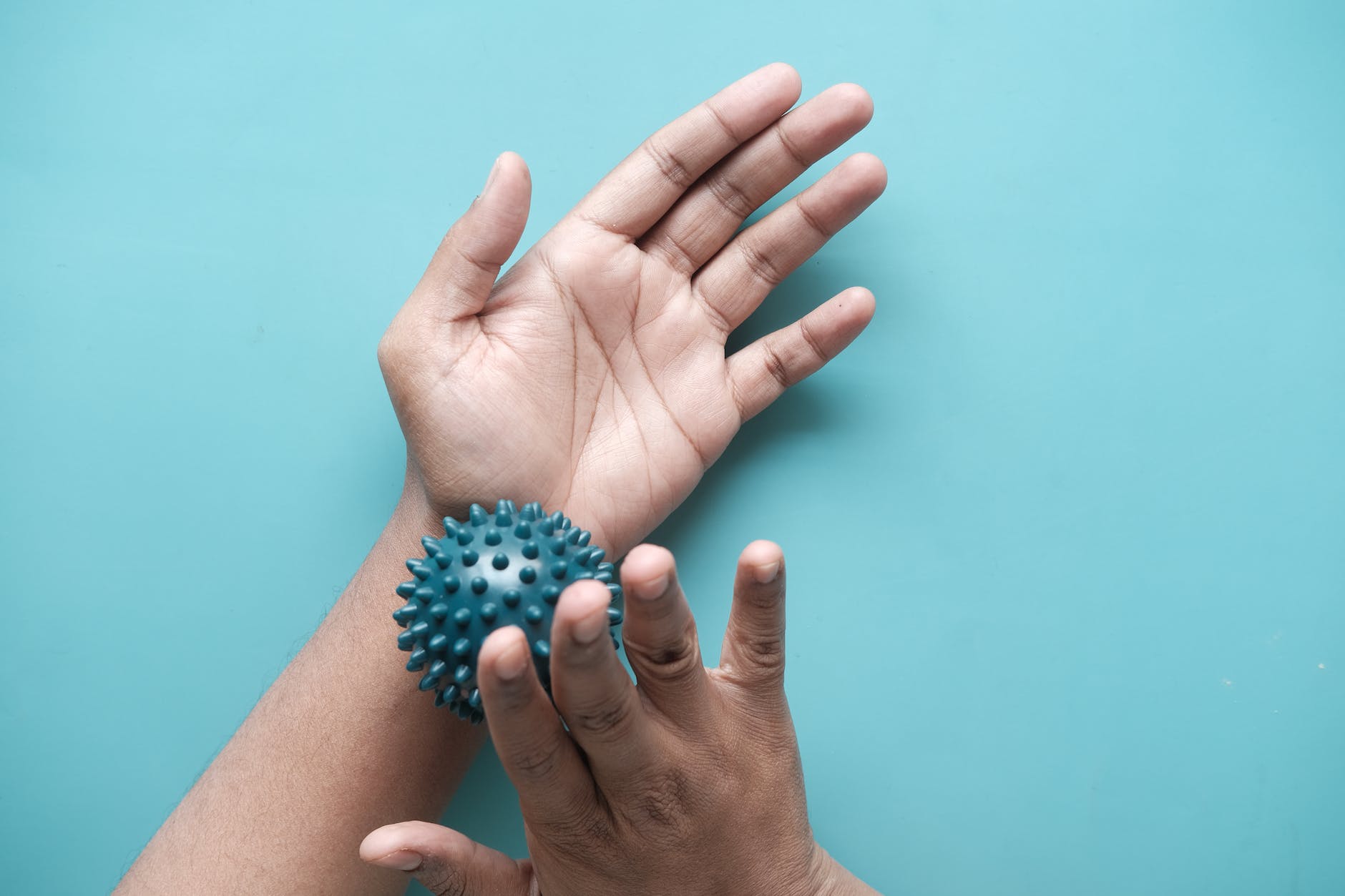
10. Foam Roller or Massage Ball
Recovery is an essential part of a runner’s routine. Foam rollers or massage balls can help relieve muscle tension, improve flexibility, and prevent injuries. Incorporating self-massage and foam rolling into your post-run routine can aid in muscle recovery and keep you running strong.
Remember, while these running accessories can enhance your running experience, it’s important to listen to your body, pace yourself, and gradually increase your mileage. Invest in quality accessories that suit your needs and preferences. With the right gear, you’ll be ready to hit the road or trail and enjoy the many benefits that running has to offer.
FAQs
Q: How often should I replace my running shoes?
A: It is generally recommended to replace your running shoes every 300-500 miles, or every 6-12 months, depending on your running frequency and shoe wear. Pay attention to signs of wear and tear or loss of cushioning, as worn-out shoes can lead to discomfort and increased risk of injuries.
Q: Can I use my regular cotton socks for running?
A: While you can use regular cotton socks for running, they tend to retain moisture and can cause blisters and discomfort. Choosing moisture-wicking socks made of synthetic or wool materials can help keep your feet dry, reduce friction, and minimize the risk of blisters.
Q: Is it necessary to stretch before and after a run?
A: Stretching can be beneficial for flexibility and injury prevention. Consider incorporating dynamic stretches before your run, focusing on movements that mimic running. After your run, engage in static stretches to improve flexibility and aid in muscle recovery.
Q: Can I run without a GPS tracker or sports watch?
A: Running without a GPS tracker or sports watch is absolutely fine. While these devices provide valuable data and insights, running is ultimately about enjoying the experience and listening to your body. You can still track your distance and time using smartphone apps or simply run based on how you feel.
Q: Are there any specific tips for running in hot weather?
A: Running in hot weather requires additional precautions. Stay hydrated, wear lightweight and breathable clothing, apply sunscreen, run during cooler times of the day, and listen to your body’s cues. Consider adjusting your pace and taking walking breaks if needed to avoid overheating.
